
For anyone working in the energetic or spiritual realms, self-care for healers begins with protecting your energy. Without proper grounding and boundaries, it’s easy to feel drained or disconnected.
We’ve all been there—pushing ourselves too hard to dive deeply into helping someone see themselves clearly or helping them to heal their pain. It’s easy to love human beings amid their challenges—it’s even more difficult to love ourselves.
Many healers forsake themselves because they too are working on self-love, healing, boundaries, and creating divinely inspired lives. And while it’s amazing what many of us do for others, it’s vital that we learn to take care of ourselves in ways that may not have been required of us prior to becoming healers.
For those who work in realms that extend beyond the conventional sensory experiences—psychics, intuitives, empaths, and spiritual healers, our challenges are unique. Engaging deeply with these skills often means traversing through other realms or opening ourselves up to receiving divine and other guidance from the spirit realms–a process that can sometimes leave individuals feeling dizzy, disoriented, overwhelmed, angry, sad, or quite confused.
This usually happens when we fail to maintain physical health through proper nutrition and spiritual practices – or when we forget that our psychic space also needs some love and attention toward our protection.
What’s the Most Important Thing Healers Can Do to Protect Their Energy?
Set boundaries! Boundaries are the foundation of self-care for healers. Protecting your energy allows you to serve from fullness, not depletion.
Setting clear and effective boundaries during healing sessions is not just a matter of professional practice; it’s a cornerstone for ensuring the health and success of both the practitioner and the client. Here are the top three explosive benefits of establishing such boundaries:
Enhanced Energy Management and Preservation: One of the most significant benefits of setting boundaries is the preservation of energy. Healers and psychics often work with intense emotional and spiritual energies, which can be draining. By setting a time limit for each session, specifying the types of interactions that are acceptable, and clearly defining what is outside the scope of the session, practitioners can prevent energy depletion.
This allows them to maintain a high level of vitality and effectiveness, not just for one session but across all their engagements. It ensures that the healer remains in the best possible condition to assist others, thereby maintaining a sustainable practice.
Improved Therapeutic Effectiveness: Boundaries assist in establishing a secure and well-defined context for both the healer and the patient. When the client knows the scope and structure of the session, it helps instill a sense of safety during and after the session thereby making them more receptive to the healing process. This focus gives them the ability to connect better enhancing the level of healing. Boundaries ease the client’s expectations, which is beneficial in increasing the effect of the healing process. The more a client understands what should happen, the more satisfied they will be with the session and how much progress has been achieved.
Professional Integrity and Personal Well-being: Setting boundaries is essential for maintaining professionalism and ethical standards in any therapeutic or healing practice. It protects both the practitioner and the client from potential ethical issues, such as dependency, over-familiarity, or abuse of power. For the practitioner, clear boundaries also mean reduced stress and decreased likelihood of burnout.
Knowing that there are limits – that the session will not extend beyond what they can handle physically and emotionally – gives practitioners peace of mind. This ensures that they can continue to do their work without compromising their health or professional integrity.
Establishing boundaries during healing sessions (and indeed, in any context!) helps to prevent harm by establishing a structure which is protective of all parties involved. They help save the energy of the healer, enhance the efficacy of the therapeutic interaction, and protect the professional and personal health of the healer and of the client as well.
Boundaries are not barriers for purposes of punishment. They are very much indispensable in ensuring a healthy and sustainable practice.
Other Essential Self-Care Tips for Healers and Energy Protection
Nutrition and Physical Health: It’s critical for individuals engaged in these practices to maintain robust physical health. Nutritional deficiencies can exacerbate the sensations of disorientation or mental fog encountered during deep intuitive work. Regular, balanced meals can ground practitioners and help maintain clarity.
Session Length: Keeping sessions no longer than 75 minutes will help limit or prevent your exhaustion and preserve energy. It also involves energetic boundaries to ensure one doesn’t absorb negative energy or excessive emotions from clients.
Structuring Sessions: The importance of structuring sessions cannot be overstated. A clear beginning, middle, and end help both the practitioner and the client maintain focus and manage expectations. This structure aids in preventing the session from veering off course and becoming too taxing on the psychic or healer.
Clearing Negative Energies: After sessions, clearing oneself of any energies picked up from clients is crucial. Techniques such as grounding, using visualizations of light, or physical methods like baths or smudging can be effective.
Managing Projections and Expectations: Practitioners need to be wary of projections and the tendency of clients to put them on pedestals. Keeping a humble perspective and reminding both themselves and their clients that the journey is a shared one towards greater enlightenment is vital. This approach helps maintain a healthy, respectful relationship centered on mutual growth and discovery.
These practices are at the heart of self-care for healers. Protecting your energy through grounding, cleansing, and rest keeps your intuition strong and your spirit balanced.
The Spirit Realm: Why Protecting Your Energy Is Essential
Delving into spiritual realms during psychic or healing sessions can indeed be an awe-inspiring experience, but it also comes with its share of eerie and otherworldly phenomena. These occurrences underline the importance of robust protective practices for those involved in such work. Here are some of the spooky events that practitioners might encounter, emphasizing why safeguarding oneself is crucial:
Spiritual Attachments: Sometimes, spirits or entities from other realms might attach themselves to a healer or psychic during sessions. These attachments can manifest as sudden changes in mood, unexplained physical symptoms, or unusual thoughts. It’s essential to perform cleansing rituals and use protective visualizations to prevent or remove these attachments.
Psychic Echoes: Practitioners might experience echoes of traumatic events or intense emotions that are not their own but remnants from clients or the spiritual realm they’ve interacted with. These echoes can be disconcerting and may lead to psychic overload if not cleared effectively.
Visions of Past or Future: Unexpected visions can occur, sometimes showing disturbing or confusing scenes from the past or potential future. These visions might be symbolic or literal and can be unsettling if one is not prepared to interpret and handle them.
Disembodied Voices or Sounds: Hearing voices or sounds that have no physical source can be quite spooky. These auditory phenomena are often communications from spirits or manifestations of energy within the spiritual realm. Ensuring one is grounded and protected helps manage these experiences without fear.
Physical Sensations and Manifestations: Unexplained physical sensations like cold drafts, feelings of being touched, or seeing shadows or apparitions can occur during deep spiritual work. These manifestations can be startling and may distract from the session’s purpose.
Time Discrepancies: Experiencing a distortion in how time is perceived is another eerie aspect. Practitioners might feel as though only minutes have passed during a session, when in fact much longer has elapsed, or vice versa. This can indicate a deep or excessive merging with the spiritual realms.
For those working in these sensitive and powerful areas, protective strategies are not optional but a necessity. Techniques such as grounding oneself, invoking protective shields, using sacred objects or symbols, and performing regular spiritual cleansings (like smudging or using salt water) are vital. Setting strong intentions for protection before each session, calling upon guides or protective spirits, and ensuring a clear closing and disconnection from the spiritual energies encountered are also critical practices.
These protective measures help maintain the practitioner’s wellbeing and ensure that their work remains pure, focused, and beneficial to those they aim to serve. Thus, respecting and preparing for the otherworldly aspects of their work not only preserves their safety but also enhances the healing and guidance they provide.
Self-Care for Healers, Empaths, and Intuitives: Protecting Your Energy Daily
1. Psychics
Self-Care for Psychics: Working with energies and receiving information from the multidimensional realms can be exhausting mentally. It is important to ground regularly.
Meditation and Visualization:Daily meditation practices and visualization techniques can help clear and strengthen. You can visualize protective barriers which can help you shield from non-beneficial energies.
Physical Grounding: Walking barefoot on the grass, gardening and other related activities, helps psychics to be physically active and be in touch with the earth, which is essential in counterbalancing the ethereal aspect of their job
Scheduled Breaks: Regular breaks between readings are crucial to prevent energy drain and to clear the mind. This helps maintain sharpness and accuracy in their readings.
2. Intuitives/Empaths
Self-Care for Intuitives/Empaths: Intuitives and empaths being very absorbant of the emotions and energies of others need to be very careful with the amount of emotions that they take in so as to prevent self-overload.
Emotional Boundaries: It is important to learn the distinction between one’s emotions and those that are picked up from others. Practices such as journaling and therapy can help in processing and clearing these emotions.
Energy Cleansing Rituals: Using sage, salt water baths, or crystals like black tourmaline can help clear negative energies absorbed throughout the day.
Nurturing Environment: Surrounding themselves with supportive people and engaging in activities that replenish their energy, like nature walks or listening to soothing music, is beneficial.
3. Energy Healers
Self-Care for Energy Healers: Energy healers work by channeling healing energies into others, which can sometimes leave them depleted if not managed correctly.
Replenishing Energy: After healing sessions, it’s vital to do something that restores their energy reserves. For example, giving yourself reiki, practicing meditation or receiving healing from someone else.
Physical Care: Regular exercise and yoga can help maintain the flow of energy through their bodies, keeping them physically and energetically fit.
Community and Reciprocity: Engaging with a community of fellow healers can provide mutual support and energy exchange, which is vital for maintaining well-being and preventing burnout.
Each of these roles requires a tailored approach to self-care that respects the unique challenges and energies they encounter. By adhering to these practices, psychics, intuitives/empaths, and energy healers can protect their well-being while effectively assisting others.
Challenges Healers Face When Neglecting Self-Care and Energy Protection
When psychics, intuitives/empaths, and healers neglect their self-care, the repercussions can be profound, affecting their physical, emotional, and spiritual well-being. These consequences not only impair their ability to serve others but can also disrupt their personal lives.
Physical Symptoms:Psychics and healers who are constantly in a channeling state and fail to take breaks from connecting with spirit risk burning out physically. Some symptoms may include persistent tiredness, headaches, and minimal defenses against opportunistic infections. As Paramahansa Yogananda wisely noted, “To work with God’s happiness bubbling in the soul is to carry a portable paradise within you wherever you go.” Without taking the time to recharge, one risks losing this inner joy and vitality, which is crucial for effective healing and spiritual work.
Emotional Drain: Intuitives and empaths are particularly susceptible to emotional overwhelm if they do not maintain boundaries. This may result in anxiety, depression, and even emotional numbness or dissociation.
Spiritual Disconnect: Not prioritizing self-care may result in a lack of connection to spirit. This can be very detrimental for practitioners who are sensitive to the spiritual realms and doing spiritual work. Ramana Maharshi stated, “The degree of freedom from unwanted thoughts and the degree of concentration on a single thought are the measures to gauge spiritual progress.” A cluttered, exhausted mind can hinder this progress and disconnect one from their higher purpose.
Loss of Effectiveness: Without proper care, the ability of healers and psychics to serve others effectively diminishes. They might find their intuition clouded or their energy too weak to be of help. As Amma, the Hugging Saint, has said, “If we are able to take a few sincere steps on the path of spirituality, the lights of the great beings from all the worlds will illuminate our path.” Neglect in self-care is a step away from this path and from the help offered by enlightened beings.
Energetic Vulnerability: When psychics and healers are depleted, they become more susceptible to taking on negative energies from the environments or people around them. This vulnerability can lead to spiritual maladies and a weakened auric field, making it even harder to recover and restore balance.
Relationship Strains: Finally, the strain of inadequate self-care often extends beyond the individual to affect their relationships. Family, friends, and clients can all suffer when a psychic or healer is unwell. They may become less present, emotionally unavailable, or erratic in their behavior, which can lead to misunderstandings and conflicts.
These potential issues highlight the critical importance of self-care for those engaged in spiritual and healing practices. As these enlightened masters remind us, maintaining one’s health and spiritual well-being is not just about personal benefit—it’s essential for fulfilling one’s role in the world as a conduit of healing and spiritual wisdom.
Finally: Embracing Self-Care and Protecting Your Energy as a Healer
When you honor self-care for healers as sacred practice, protecting your energy becomes second nature—an act of love that sustains your ability to serve others.
Taking care of oneself is not just an act of personal well-being, but a profound duty for those who dedicate themselves to serving and healing others. It is through self-care and spiritual practice, or sadhana, that we fortify our bodies, cleanse our minds, and elevate our spirits. This holistic approach ensures that we are not only healers and servers of humanity but also lovers of our own sacred existence.
Embrace the practice of sadhana as a beautiful and necessary ritual. It is in these moments of deep connection with the Divine that we find the strength and clarity to serve others more effectively. As Paramahansa Yogananda once taught, aligning our will with divine will brings us into a harmonious state where our actions become effortless extensions of divine energy. This alignment empowers us, enabling us to act as vessels of healing light and love in the world.
Remember, as we care for ourselves, we are better equipped to care for others. The time spent in meditation, in nature, in quiet contemplation, or in joyful communion with the arts and our communities, are not selfish acts. They are vital replenishments that enable us to give more fully to others. Anandamayi Ma encouraged her followers to perceive every action as an offering to the Divine; in this spirit, self-care too is a sacred offering.
Approach your self-care as an essential, joyful part of your life. As lovers of humanity, our first responsibility is to maintain our own light so that we may illuminate the paths of others. This is not a journey we undertake alone but in the blessed company of all who have walked the path of service before us.
As Amma says, “A continuous stream of love flows from us towards all beings in the cosmos. That is our true nature.” By caring for ourselves, we keep this stream pure and powerful.
In this spirit of love and service, let us commit to our sadhana, protect our well-being, and heal ourselves daily. For in doing so, we do not just heal ourselves; we heal the world.
You will love how The Shankara Oracle will help you with self-care, personal growth, and spiritual development. It’s been constructed to serve your purest Self.
Pray for others, and The Universe prays for you!
Last Updated: October 12, 2025
Get The Shankara Oracle and dramatically improve your perspective, relationships, authentic Self, and life.


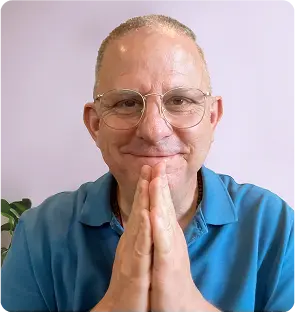

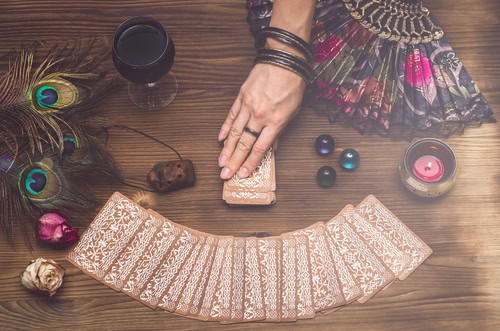

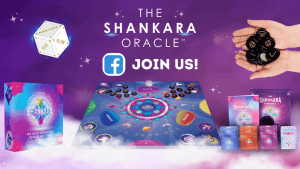

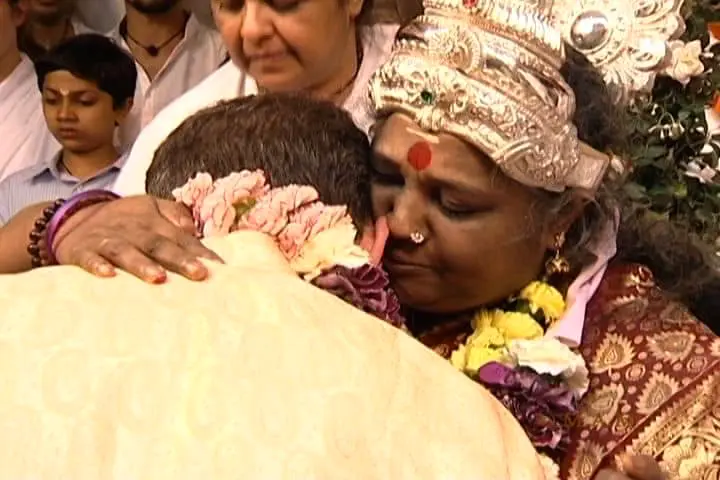
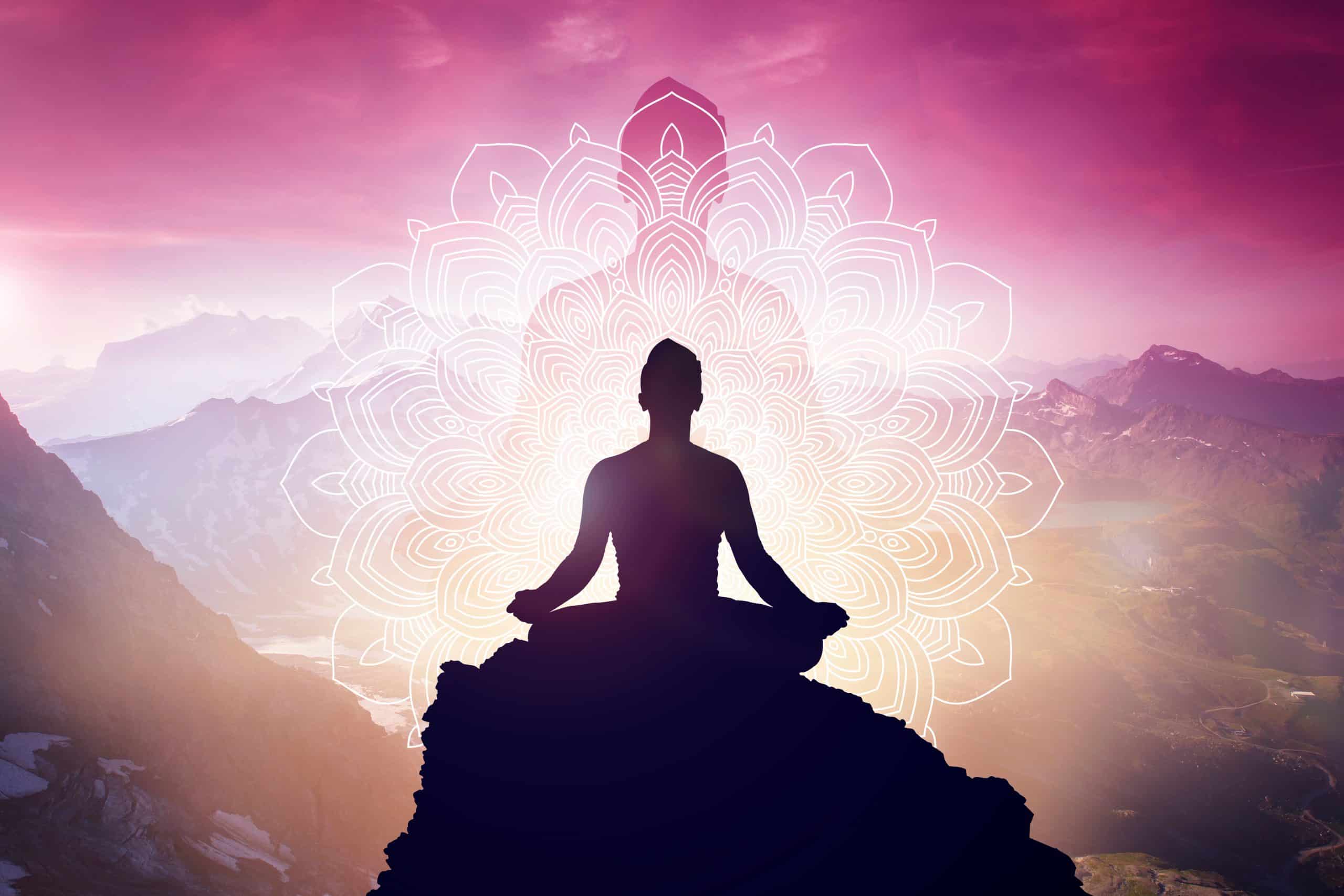
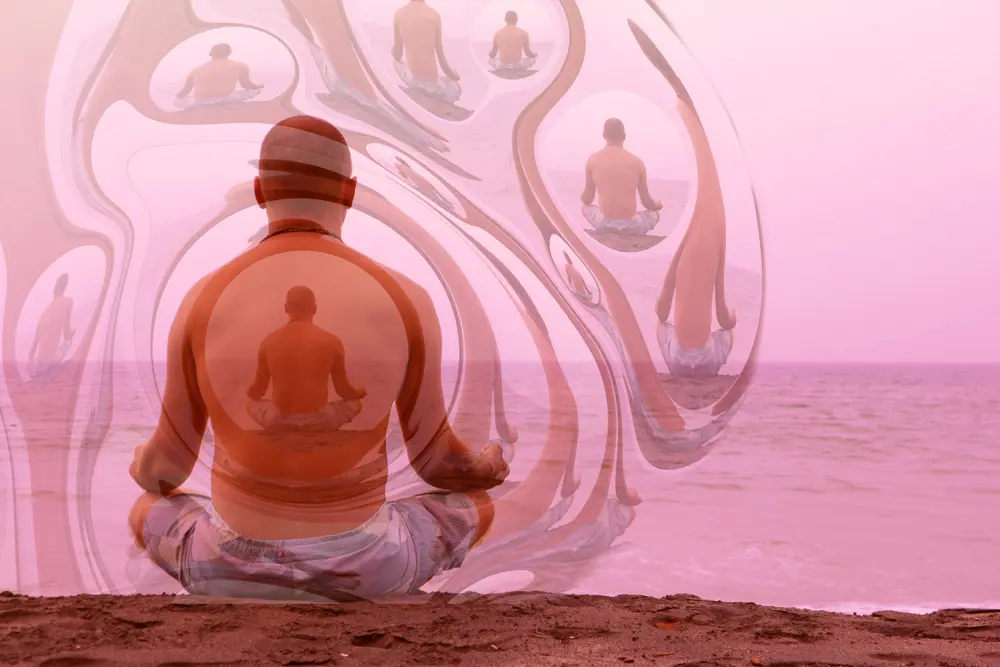

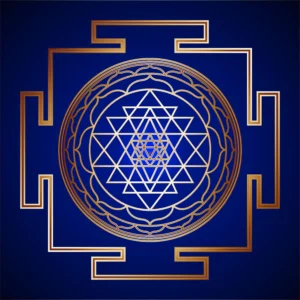
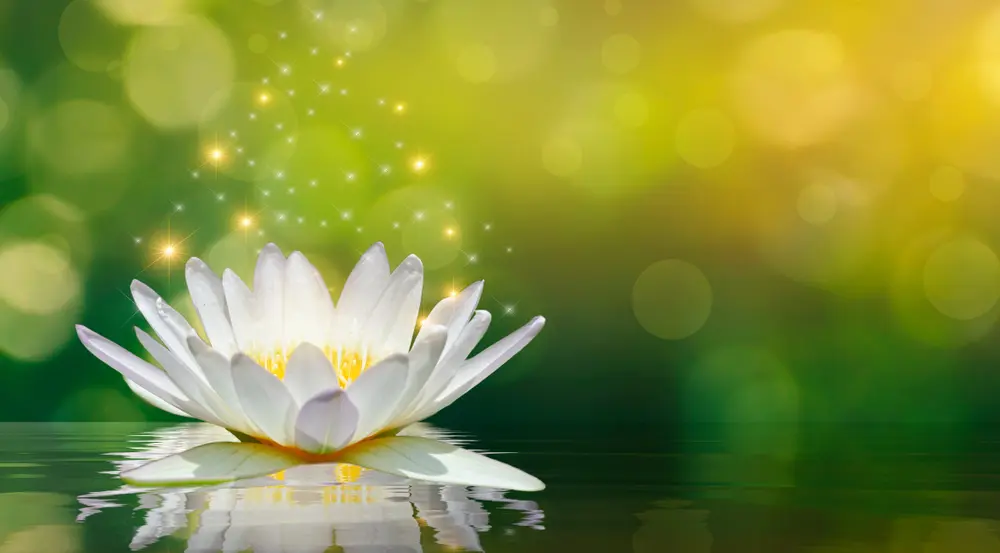

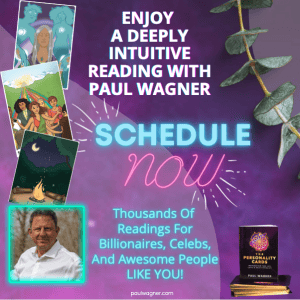

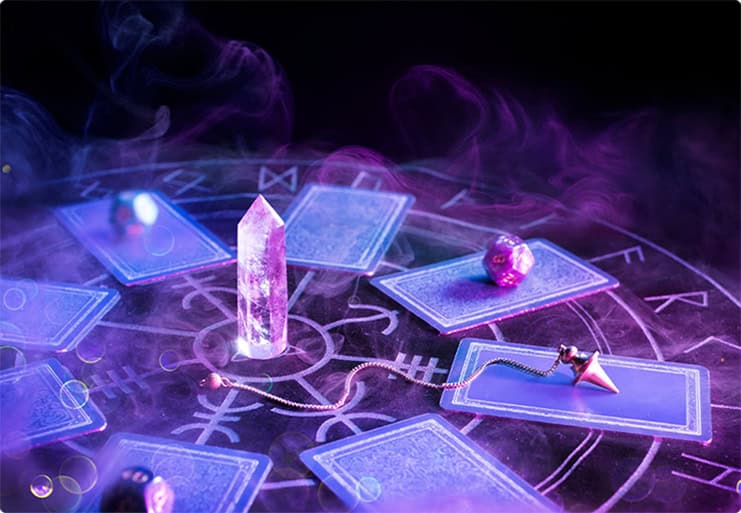
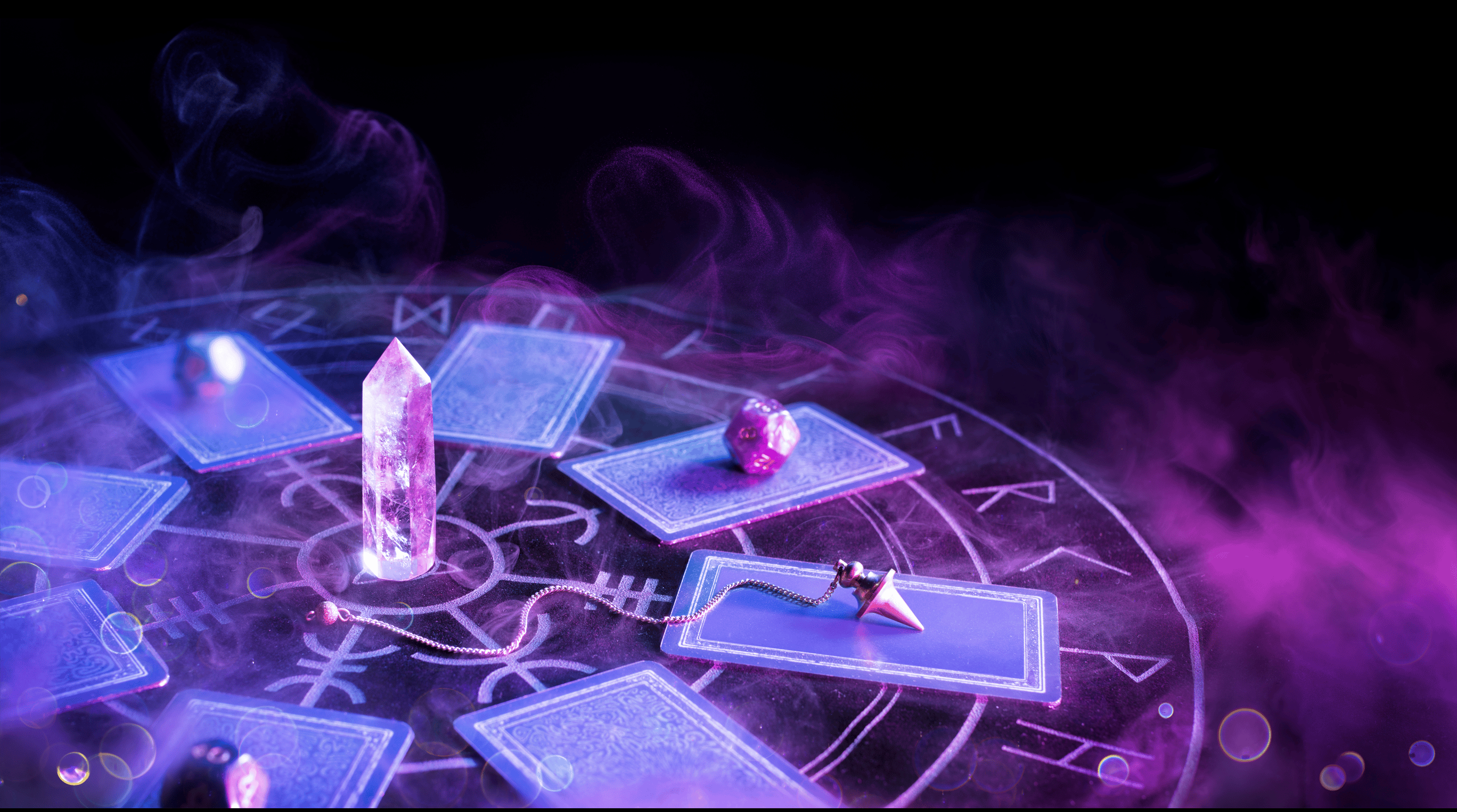
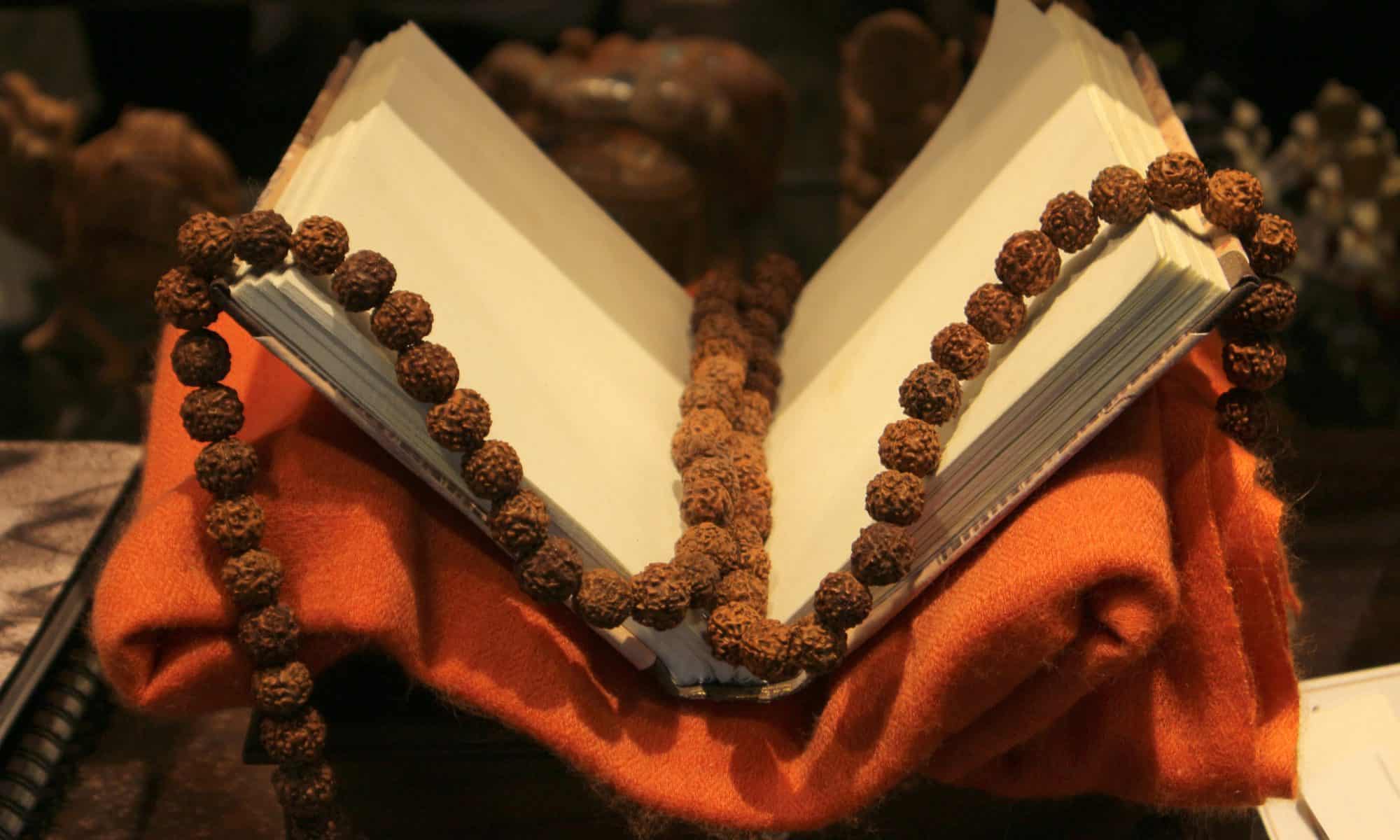


 What Is Thought And How Does It Connect To Reincarnation?
What Is Thought And How Does It Connect To Reincarnation?